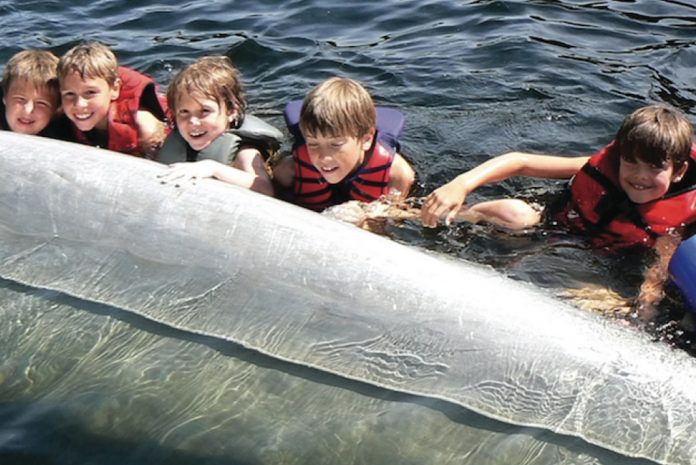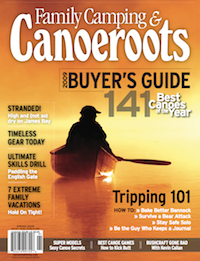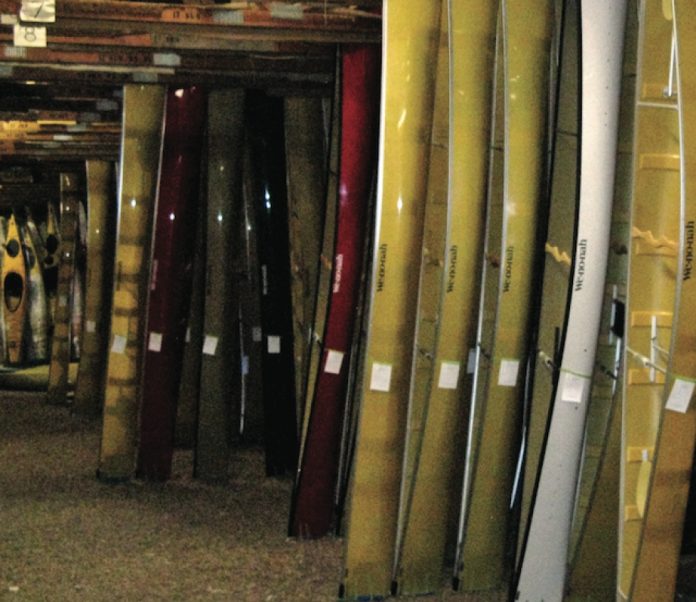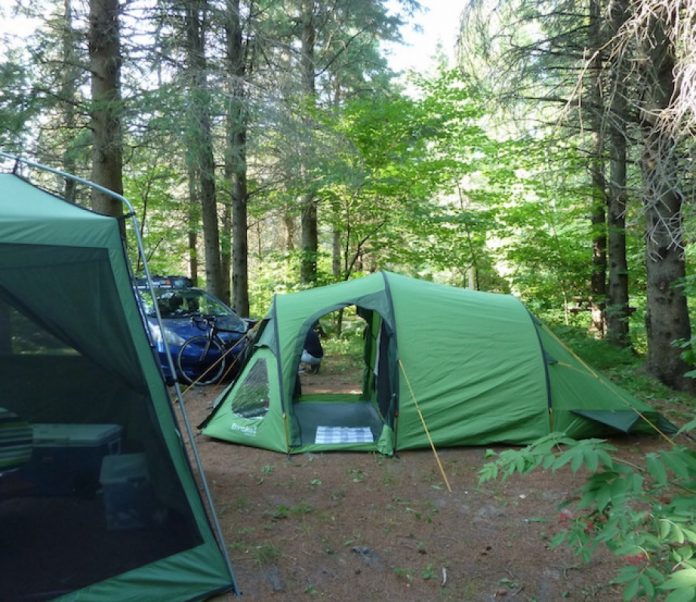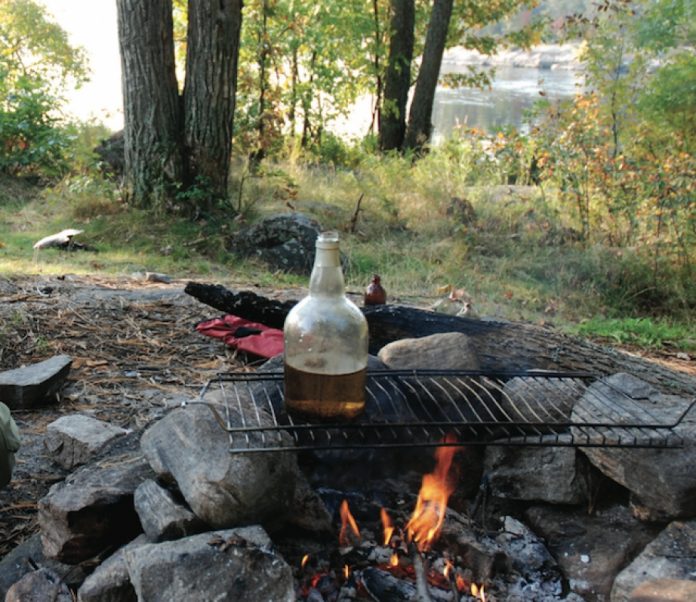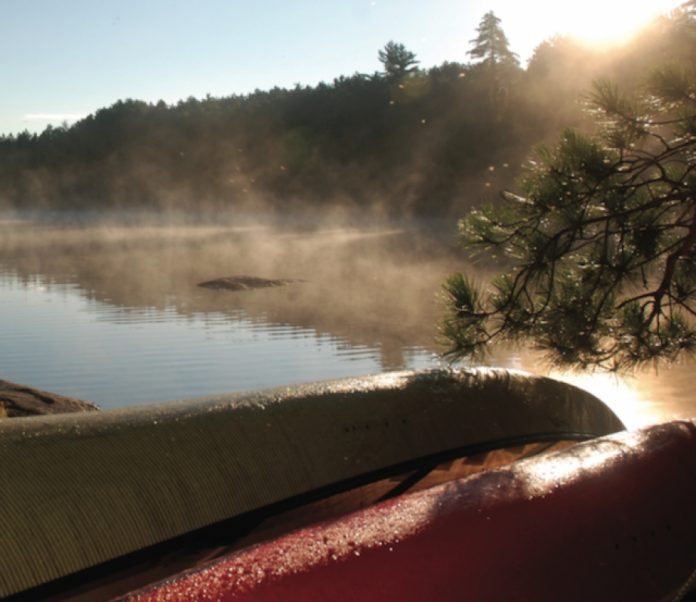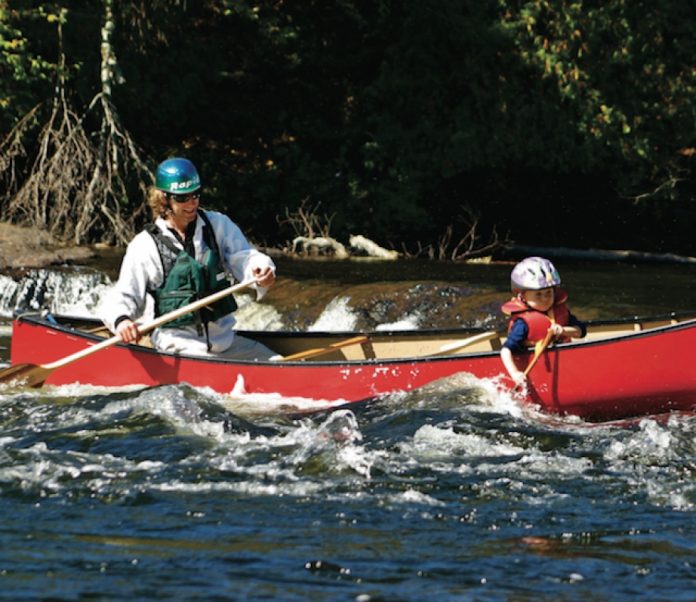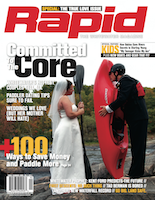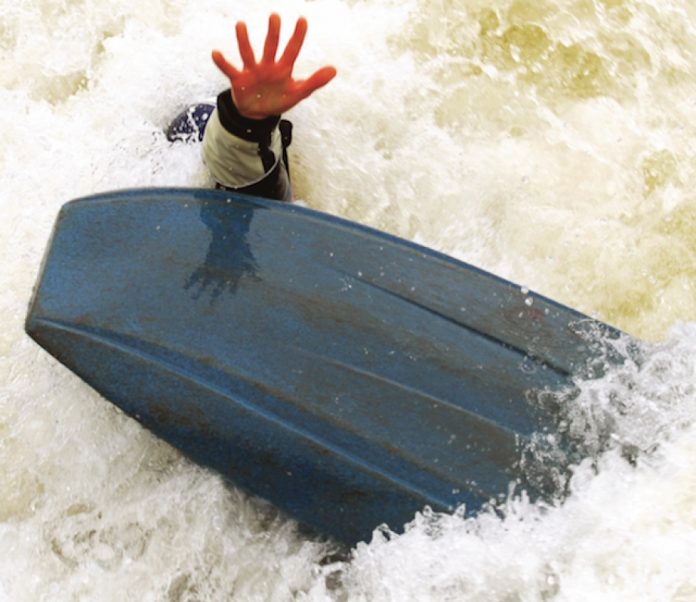I remember my first experience learning how to canoe. The sky was dark, the lake grey. I dipped a few strokes timidly into the uninviting water and wondered when I could go back to shore. Then someone suggested a game.
We crashed, capsized, laughed—and probably learned. Sleek torpedo or leaking bathtub, the canoe itself was all but forgotten. While clambering atop the shiny wet hull or spinning on a dime to evade an incoming projectile, that day I learned the most important lesson in learning to canoe: we do it because it’s fun.
The following canoe games are great for all ages and will help get paddlers comfortable in a canoe, practicing their strokes, and overcoming their inhibitions, without even realizing it.
1. Race to a dozen
Players: Four players, one taskmaster
You will need: Two canoes, one whistle, two floating balls
How to play
- Players form teams of two per canoe, both teams get one ball
- The moderator calls out a task or challenge, then blows the whistle
- At the sound of the whistle, each team rushes to perform the task
- Teams get one point for being the first to complete the task
- The first team to get 12 points wins
Task ideas
- Switch positions with teammate
- Pivot canoe 360 degrees
- Jump into water, swim under canoe, and climb back in
- Throw ball into other team’s canoe
- Have each team throw their ball as far as possible before going to retrieve the other team’s ball. When retrieving balls, teams must paddle with butt ends or paddle backward
2. Gunwale bobbing
Players: Two
You will need: One canoe
How to play
- Two players stand facing each other, balanced on the gunwales; one at the bow, the other at the stern
- Players bob and wiggle to set the canoe bobbing
- Object of game is to make your opponent lose balance, sending him or her for a swim first
- To increase the challenge, try moving further toward the ends of the canoe
3. Sticky situation
Players: At least three solo paddlers or six tandem paddlers
You will need: At least three canoes, a roll of duct tape
How to play
- Set boundaries for the area of play. For example between the shore, docks, buoys, etc.
- Cut two foot-long pieces of duct tape for each canoe. Fold the duct tape partially over onto itself so only four inches of adhesive is exposed
- Stick a piece of duct tape to the bow and stern of each canoe
- The moderator instructs the canoes to spread out and begins play with a whistle
- Object of game is to grab as many pieces of tape as you can from the other canoes
- Moderator ends game with a whistle
- The team with the most tape wins
4. Ultimate canoe frisbee
Players: Minimum eight
You will need: Minimum four canoes, one floating Frisbee or soft football, one whistle
How to play
- Using existing boundaries or buoys, approximate a football field, with end zones about 30 metres apart
- Divide players into two teams
- Object of game is to score points by completing a pass in the other team’s end zone
- Play begins with teams racing from their own end zone to pick up the Frisbee floating at mid-field
- Players can take only five strokes when their boat has the Frisbee before they must pass to a teammate
- When the Frisbee is passed, the receiving players must catch it inside their canoe
- If the receiving players miss the pass, the Frisbee goes to the other team to continue play
- When a goal is scored, the other team gains possession and begins play from mid-field
- If the water is warm and the group is enthusiastic, you can play full contact (read: capsize) ultimate, but only against canoes in possession of the Frisbee
- First team to reach 10 points wins
5. Clowns
Players: As many as you can!
You will need: One canoe
How to play
- Object of game is to pile as many people as possible into a floating canoe
- Players must enter the canoe from the water by climbing in while the others balance the canoe
- Try having competitions: boys versus girls or kids versus adults, or just see how many you can fit while someone takes a picture
6. The paddle game
Players: The more the merrier
You will need: One paddle for each player
How to play
- Players form a circle, standing shoulder-width apart and facing inward
- Players rest the blades of their paddles on the ground in front of them, holding the butt ends of their paddles at arm’s length in front of their chests
- A moderator calls commands—one to the right, two to the left, etc.
- Players must let go of their paddle and move in the prescribed direction to grab their neighbour’s paddle before it falls
- If a paddle falls to the ground, the player who was holding it and the player who didn’t catch it leave the circle.
- To increase the challenge, have the players step back so they are farther apart
- If all but two are eliminated, these last players try to catch their own paddle after letting go and spinning around; first once, then twice and so on until there is a winner
Featured photo: Virginia Marshall



